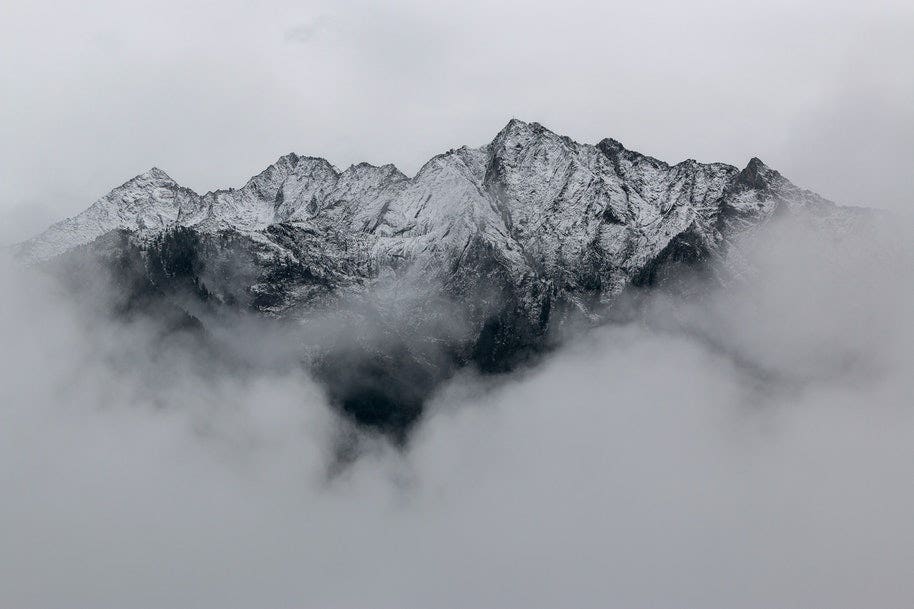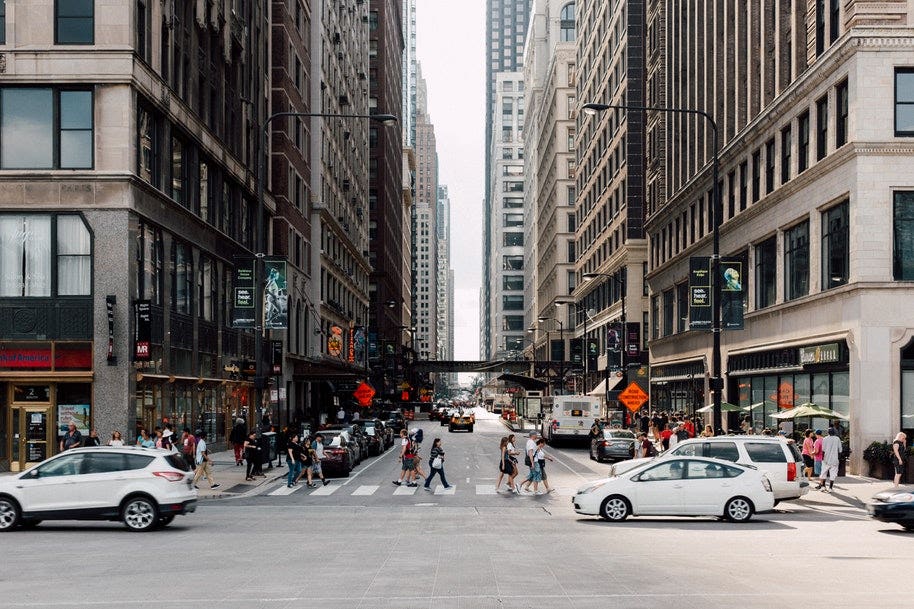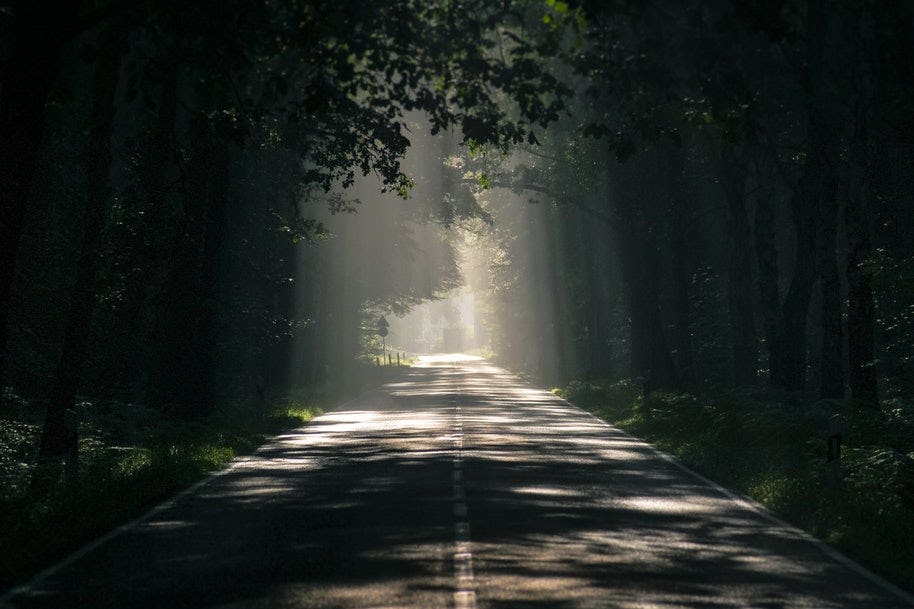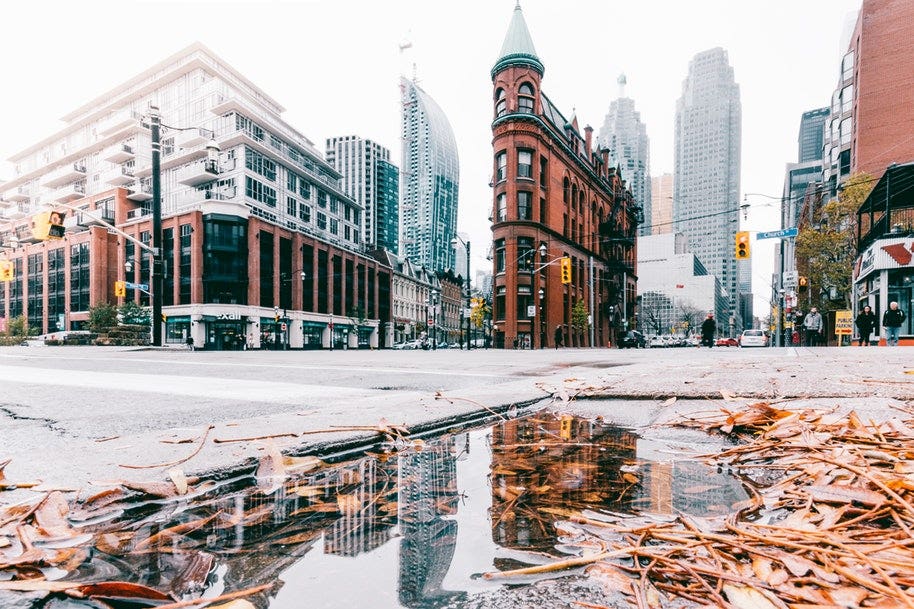
It’s always disappointing when you have a big shoot coming up - or you’ve just arrived in a new country - and the sky is overcast and (let’s be honest) a little miserable.
It’s common to think that cloudy days will ruin your photography. But in fact, overcast weather can actually help you expand your photography skills and get a little creative.
So if you’ve woken up to a cloudy day, don’t hold back. Grab your camera and experiment with these cloudy photography tips.
1. Make the most of diffused, even light

An overcast day is a blessing in disguise as it creates a beautiful soft light that acts as a natural softbox.
This rich, diffused light can strip the harshness out of bright sunlight, even out the lighting, and so enhance your photos.
Such light is beautiful for natural portrait photography when you don’t want to add drama.
But it’s also great for street and landscape photography when you want to avoid having heavy dark and light areas in your photo. The soft, even light produced by cloudy skies can create a flattering image with beautiful tones.
2. Use the right settings
A sunny day demands different camera settings than an overcast day. Photography is all about light, right? So it makes sense that your settings should change as your lighting changes.
Clouds pull 2-3 stops of light from your scene in general, which means you should up your ISO to 400 or 800, depending on the light scene.
Your camera might automatically gauge the light and change the ISO for you - or you can adjust the white balance settings in your camera.
3. Find pools of light for creative effect

Sometimes, clouds can be quite magical when they create pools of light and sun rays. In landscape photography, you can focus on the lit area and capture a powerful, creative scene.
Pools of light are also beautiful for portrait photography when your subject steps into the light with the sun behind them for a backlit effect.
4. Use clouds in your composition
When they’re moody or stormy, clouds can add beautiful texture to what might otherwise have been a bland image.
5. Edit in black and white

Sometimes, especially if you’re travelling, you might have no opportunity but to photograph in a washed-out setting.
A simple edit in post-production can instantly add drama by turning your grey and pale photo to bold monochrome.
6. Experiment with long exposure
If strong winds accompany that overcast sky, you can use this to your advantage by depicting the soft, fluid passing of clouds with long exposure. Using a long shutter speed can draw out colours and add texture.
Of course, this type of photography is impossible without a sturdy tripod. And you might want to add a neutral density filter to produce that flowing effect.
7. Ditch the sky
Sometimes, cloudy skies can add drama with big, fluffy, or brooding cumulonimbus. And sometimes, it’s blanketed in a dull, glaring white that does nothing but overexpose the top of your photo.
In this scenario, the best option is to avoid using the sky. This might require a little creativity. Instead of capturing the stunning minarets of a mosque, remove the sky from your photos and focus on the beautiful, detailed tiles in the walls.
Look for patterns, interesting angles, and specific details in your subject so you can avoid that glaring grey.
8. Photography for when it’s raining

And what if that overcast cloud starts to shed its load? It’s not the end of the world! With rain comes great opportunities for photography. You can try capturing reflections of streetscapes in the puddles on the pavement.
You can keep an eye out for those stunning phenomena you only get with rainy weather: lightning bolts and rainbows. Or you can add a great perspective by shooting through raindrops on a window.
How to get creative with your photography
There are plenty of ways to embrace creativity in your photography, such as shooting minimalist photography or taking street photography. Alternatively, check out these hot tips for photography tips for winter days.
